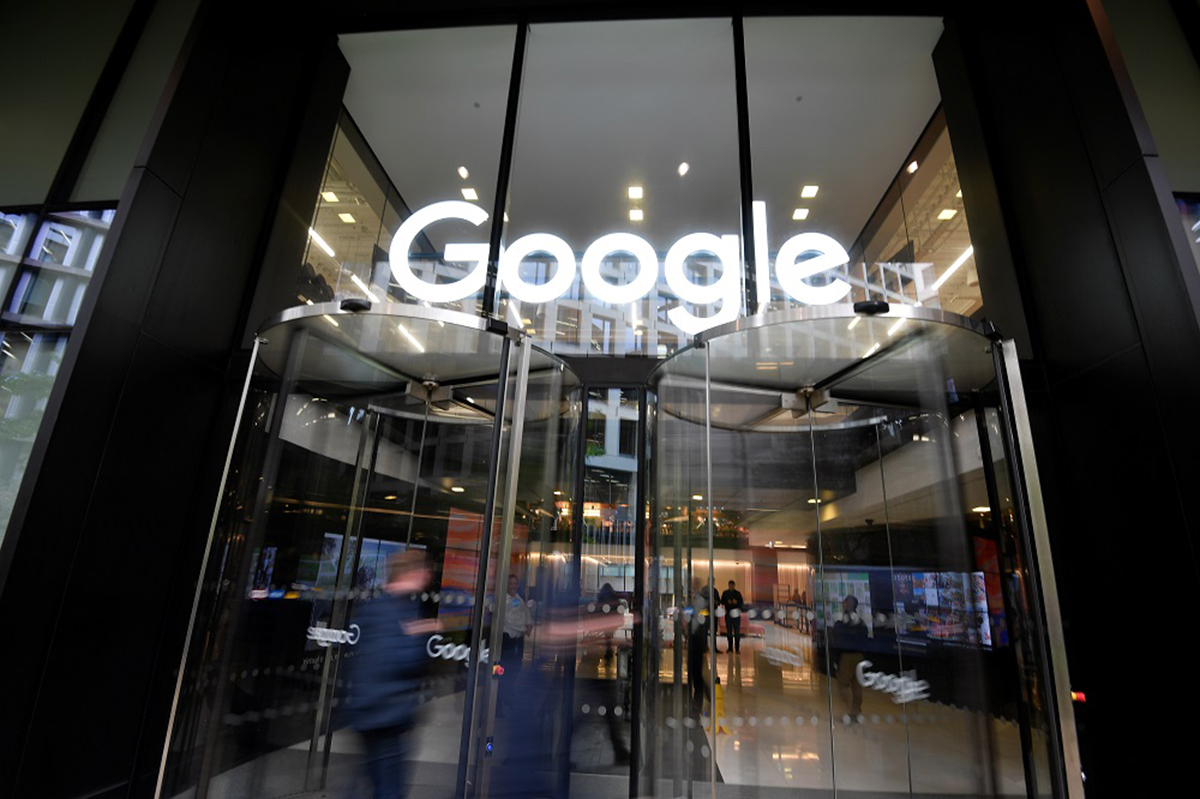Over the past year or so, Google has continued to add small upgrades to its suite of apps, including Gmail. We’ve seen spelling and grammar autocorrect implemented into standard emails, along with some underrated new features like the ability to attach other emails as attachments within a new email. Now, the company is adding support for multiple signatures within Gmail.
In practice, this means that you’ll be able to use a particular signature for work contacts, and easily switch to something a little more informal for personal emails—assuming you’re using the same Google account, of course. Email signatures are important for several reasons. One, they lend a degree of authenticity to an email, adding company details, your position within that company, and so on. Secondly, it’s a simple and professional way to sign off an email—and to provide the recipient with additional contact details such as your phone number.
Now, users will be able to use multiple, preset signatures within Gmail. According to Google, this offers the flexibility to use different signatures for different teams or organisations, while multilingual users can also have different signatures for different languages. You can also choose to use different signatures when you start a new email versus when you reply to an existing thread—it’s really all up to you.

How to set it up
The feature is available by default, and you’ll be able to access the multiple signatures in the same section within your Gmail settings where your main signature is. Head to Settings (gear icon) > Settings > General, and scroll down to Signature to select Create New. Once you’ve added a few signatures, you’ll be able to select from your signatures when composing new emails.
At the bottom of the page when you’re composing a new draft, click the Signature icon at the bottom (on the right of the confidential icon). You’ll also be able to name each signature based on what you plan to use it for—work, personal, new contact, and so on.

For Rapid Release domains, the feature is being gradually rolled out from the 10th of March 2020 for 15 days, while Scheduled Release domains will see a gradual rollout for 15 days beginning on the 24th of March 2020. The new feature will also be available to all G Suite customers and users with personal Google Accounts.
To find out more, click here.








